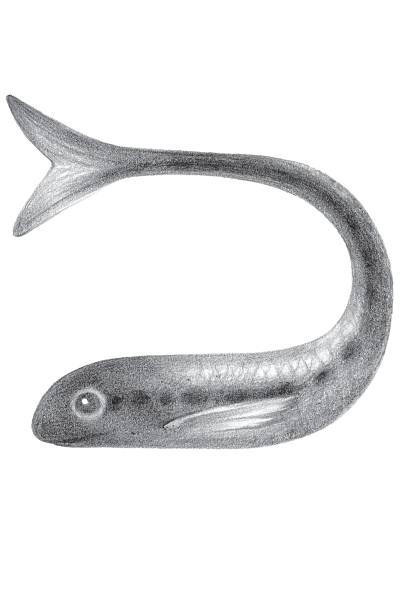Names: Annatto, Achiote, Ucurum
Latin Name: Bixa orellana L.
Bixacae: Annatto Family
Description: Annatto grows in bush-like or shrubby forms which can reach up to 4-5 meters in height. The leaves are simple, alternate and have slightly wavy entire margins. Leaves are generally ovate with an extended tip, which from some angles makes them appear triangular. They range in size from 20-25cm long to 10-12cm wide, with a long (8-10cm) woody petiole (fruit stem). Five veins radiate out palmately from the base. The whiteish and pinkish flowers are clustered at the end of branches, and the flowers have five petals with stamens 3-4cm in diameter. The most showy feature of this plant are the oval, almond-shaped capsules at the end of branches covered with soft, bristly hairs. These capsules are 5-8cm in length and dark red (or sometimes yellow, depending on variety). The capsules are easily split open, revealing 20-60 seeds coated in a velvety red paste.
Uses: Annatto has been cultivated for centuries in Latin America. It is the source of the famous red-orange dye that is derived from the seeds in the capsules. The carotenoid pigment (bixin) produced in the plant is used widely by Amazonian communities as a body paint, insect repellent and sun block.
Some early Mexican religious manuscripts were written with the paint of this plant, and indigenous communities from Ecuador to Brazil such as the Secoya or Ashaninka often use this plant to draw bright red sigils onto the body. The Shipibo of the Ucayali region of Peru use the dye in traditional crafts to color fabrics and as a cosmetic rouge.
Achoite is used medicinally in Southern Mexico to treat small pox and rashes. The plant has also been used as a treatment for digestive issues like diarrhea, abdominal pain, indigestion and dysentery.
Ethnobotanical documents also encounter cases where the plant is used to treat illnesses including hepatitis, dermatitis, and venereal disease and in some cases tonsillitis.
The seed coating tastes slightly peppery and the perfume of the paint is light and lovely.
This plant is best known in industrialized societies for its use as a cosmetic dye and food coloring, often featured in cheeses, butters and rice dishes. It was an important cash crop for Latin America before the advent of Red Dye Number 3. Today the largest producers of the plant are Kenya, Peru and Brazil.
Bixin, the major apocarotenoid organic compound found in the annatto plant. Take a look at those squiggles! Thanks for the pic, Wikipedia.


